DIESEL DOOMED?
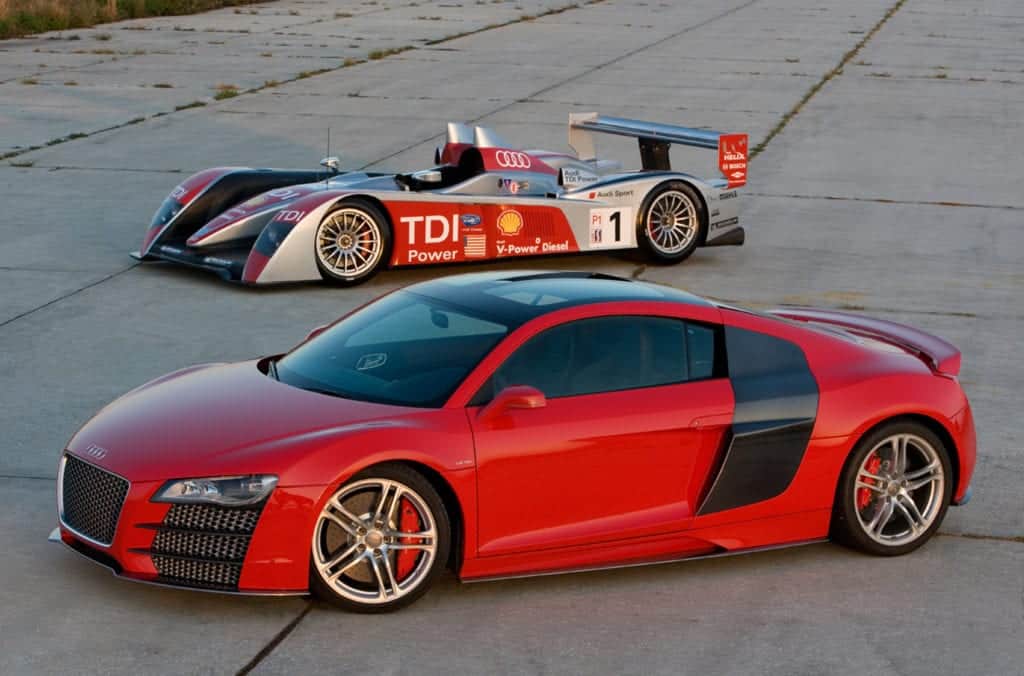
There are two mysteries in the history of the diesel engine.
One is the disappearance of Rudolf Diesel off the steamer Dresden in September 1913. Suicide seems likely, but possibly murder?
The second mystery came 102 years later when the Volkswagen Group was accused by the American government of cheating on testing. Did the company really think no one would notice? VW has since fessed up.
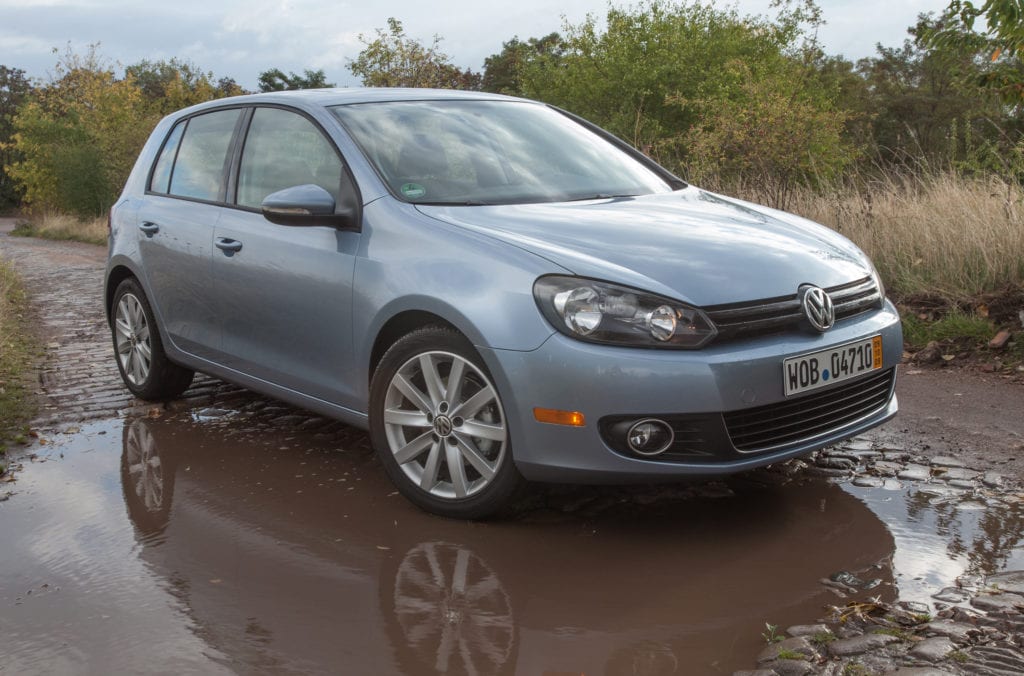
The scandal won’t amount to corporate suicide, but it is inflicting enormous pain on Volkswagen. For those who’ve had trouble following the twists and turns of this saga, here’s a road map, starting with a condensed diesel history.
In Rudolf Diesel’s invention, created highly compressed air in an engine cylinder, which increases air temperature enough to ignite the diesel fuel in the combustion chamber. His design eliminated the electrical system that fires the spark plugs in gasoline engines.
This design is thermally efficient and produces excellent fuel mileage. Diesel vehicles have better torque and acceleration than gasoline engines. Diesels do cost more, but the old bugaboos of clattery noise, smoky exhaust and slow-to-heat glow plugs are history.
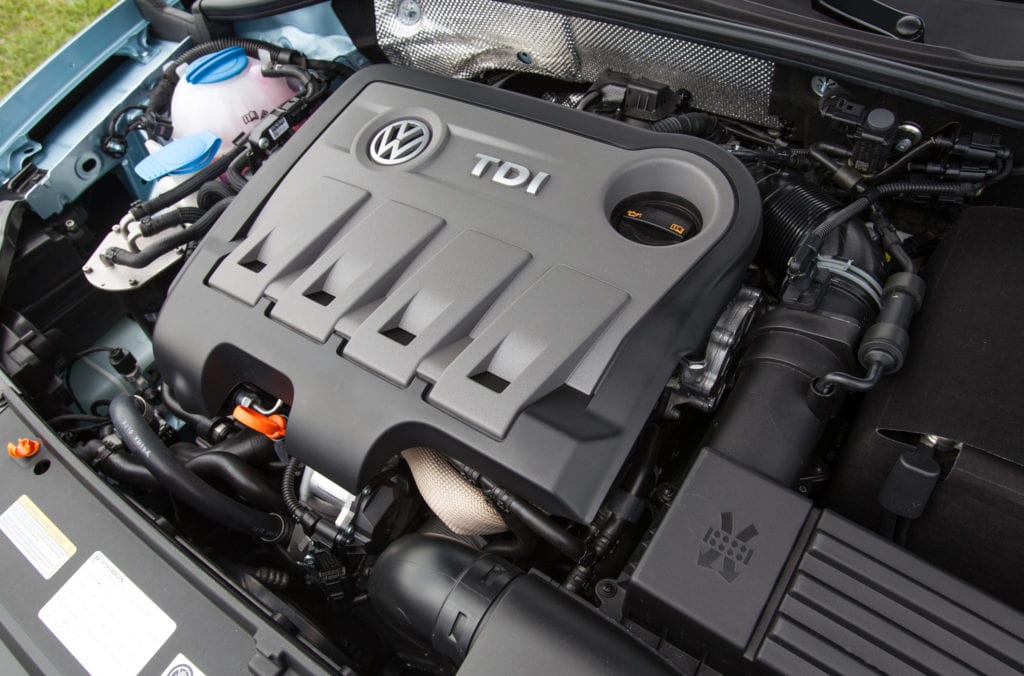
Here’s a brief timeline of the diesel’s development and deployment.
- 1890s – Rudolf Diesel develops, patents and licenses his compression-ignition engine.
- 1900-1910s – Diesel engines are installed in ships and submarines.
- 1920s – Commercial trucks begin using diesels.
- 1930s -Diesel engines come to automobiles, mainly for commercial use. A Cummins-powered racer completes the Indianapolis 500 without a pit stop.
- 1960s – Major of diesel automobiles begins in Europe.
Then came the 1970s: fuel crises, high gasoline prices and emissions rules. Diesel automobiles came into favor. Mercedes-Benz, VW and Peugeot led, and in Europe diesels climbed from 2.5% of the car market in 1973 to 11% a decade later.
In the U.S., Mercedes-Benz launched both turbocharged and non-turbo diesels. By 1981, diesel models were 75% of its American sales.
In the late 1970s through the mid-1980s, General Motors took its now-infamous shot at building diesels. While Oldsmobile’s 350-cubic-inch V-8 block was shored up for the required 22.5:1 compression ratio, the heads and head bolts weren’t. A water/fuel separator wasn’t included. Fuel economy, the main aim of the diesel, wasn’t bad, but several GM diesel vehicles required almost 20 seconds to get from zero to 60 mph. From here to eternity, as it were.
Then followed class-action lawsuits and a deep dent in the diesel’s reputation in the U.S. that lasted for decades. Europe was different.
In recent years, diesel cars accounted for some 50% of sales there, thanks to good mileage and favorable fuel taxes. Compression-fired engines have been so important that Audi, among others, raced them, winning numerous times in the rugged 24 Hours of Le Mans.
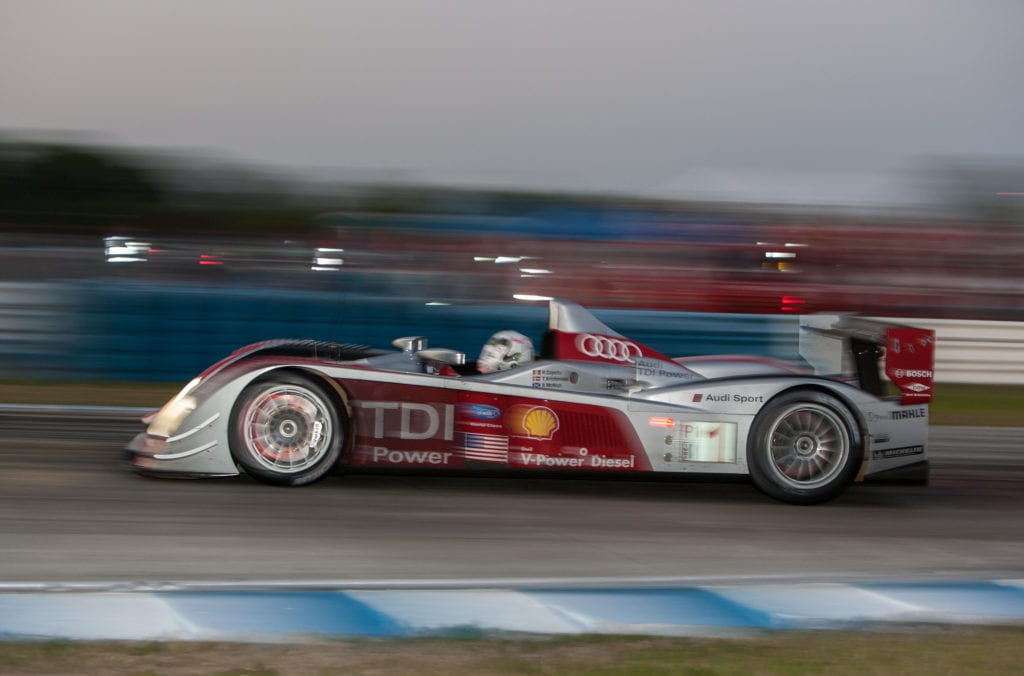
U.S. diesel sales in 2014, the last year before the VW scandal, were only 3% of total car sales, more than half going to VW. Hybrids were just 2.75% of new car sales.
The total number of diesel Volkswagens sold in America between 2009 and 2015 was some 450,000 Golfs, Jettas and Passats.
But in 2007, tougher emissions standards were introduced. Initially VW used the Mercedes-Benz diesel system called BlueTec, which squirts liquid urea into the exhaust system to help convert the pollutant NOx into nitrogen and carbon dioxide. (Yes, urea is a component of mammal urine, but the stuff used in cars was a synthetic chemical compound.) But then VW opted out to go its own way.
Obviously that didn’t work because VW then created a cheating system for the diesels that went on sale in 2009. Sophisticated software sensed when the vehicle was in testing mode and cleaned up the emissions. But in normal highway driving, Volkswagens emitted up 40 times the legal limit of NOx.
VW likely could have met the new standards if it had used a urea system. That would have, however, required a major (and expensive) reworking to fit the cars with a urea tank and associated hardware. And engineers labored under a management intent on making VW the largest automaker in the world. Quickly.
A clean-transport watchdog group in California got suspicious of VW’s test results and commissioned West Virginia University researchers to check the results. The scandal broke in September 2015.
Now VW must fix or buy back those 450,000 cars (which have four-cylinder engines). Thus far 311,209 diesel owners have registered for a settlement. Nearly 4,000 owners have opted out, and can still sue VW.
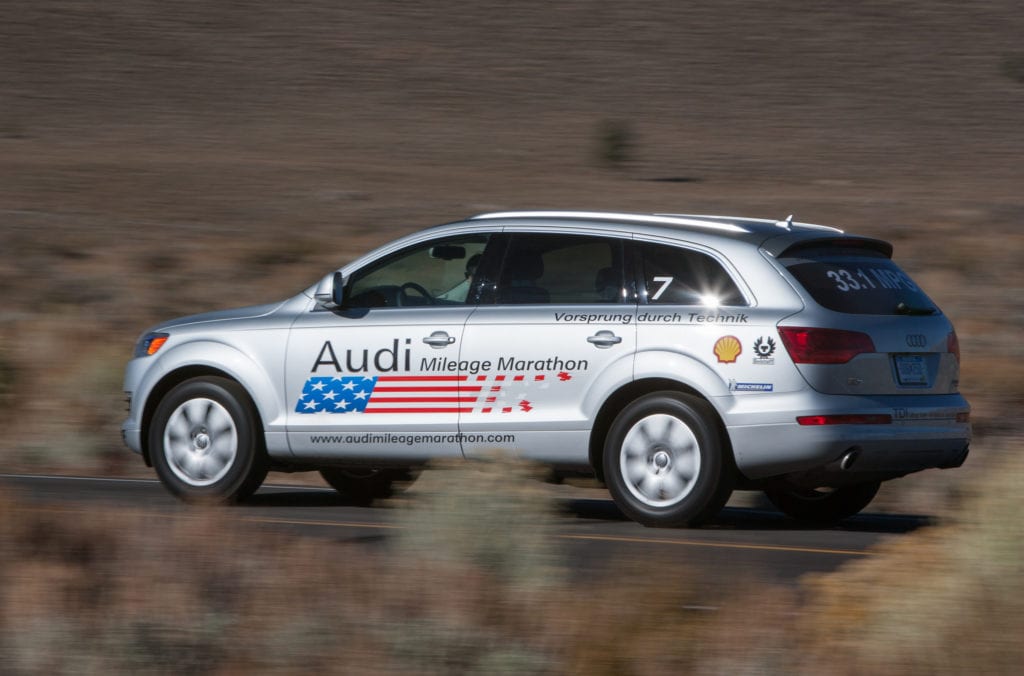
There also are roughly 85,000 VW Touaregs, Audis and Porsches with non-complying 3.0-liter diesel V-6s. And another 11 million VW diesels worldwide.
Estimates for the total cost of the scandal to VW run as high as $20 billion in fines, compensation to owners and dealers, etc. Recently VW said it would pay its 652 U.S. dealers $1.2 billion.
Bloomberg recently reported the U.S. Department of Justice is trying to determine how much it can fine VW without putting the automaker out of business. VW has had 11 straight months of lower sales in the U.S. And many VW execs in Germany have been ousted.
Diesel popularity in Europe appears to be waning. At the recent Paris Auto Show, several European auto executives noted that new 2020 emissions rules will add enough cost to small diesel cars that they likely won’t survive. Cities such as Rome, London and Milan are restricting diesel vehicles to reduce air pollution.
As for the U.S., with gasoline engines becoming ever more efficient and the cost of that fuel remaining low, paying extra for a diesel vehicle makes less and less sense.
This story is far from over. One bet: VW will never sell another diesel vehicle in the U.S.
“I think it’s likely they won’t,” says Matt DeLorenzo, managing editor for news at Kelly Blue Book. “Maybe an SUV, but not a car. They’ve gone all out on electric technology as a way of putting the scandal behind them.”

